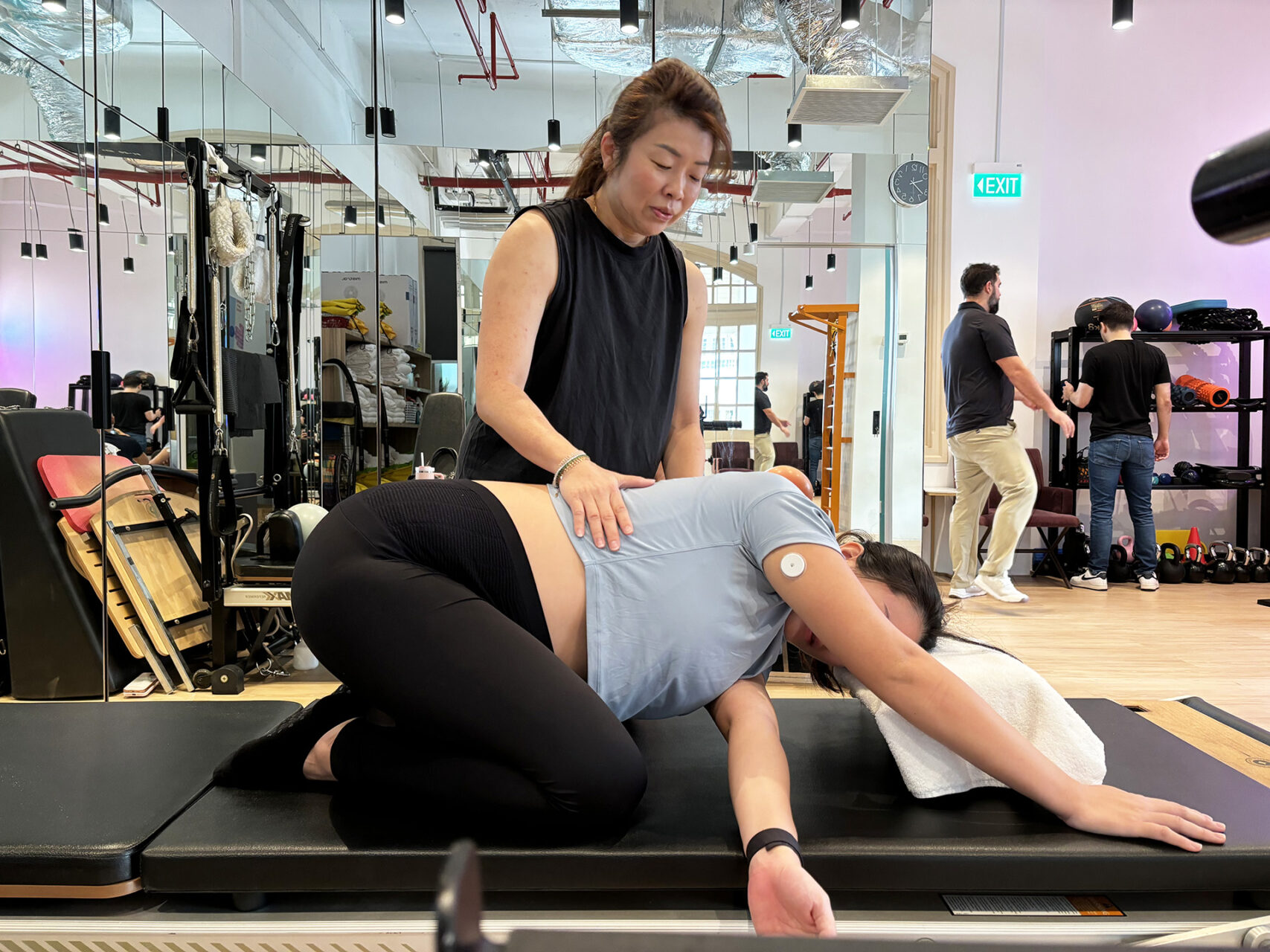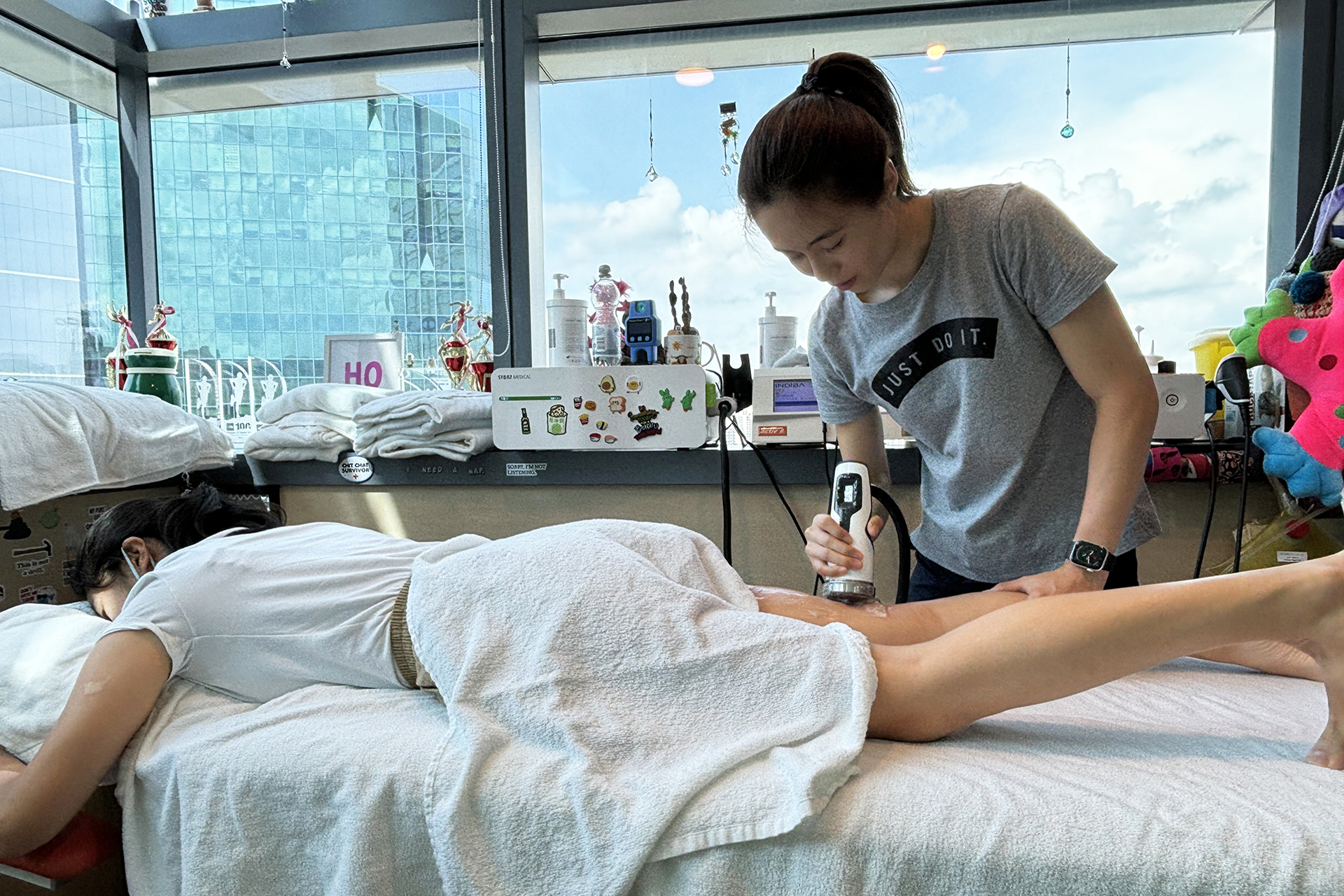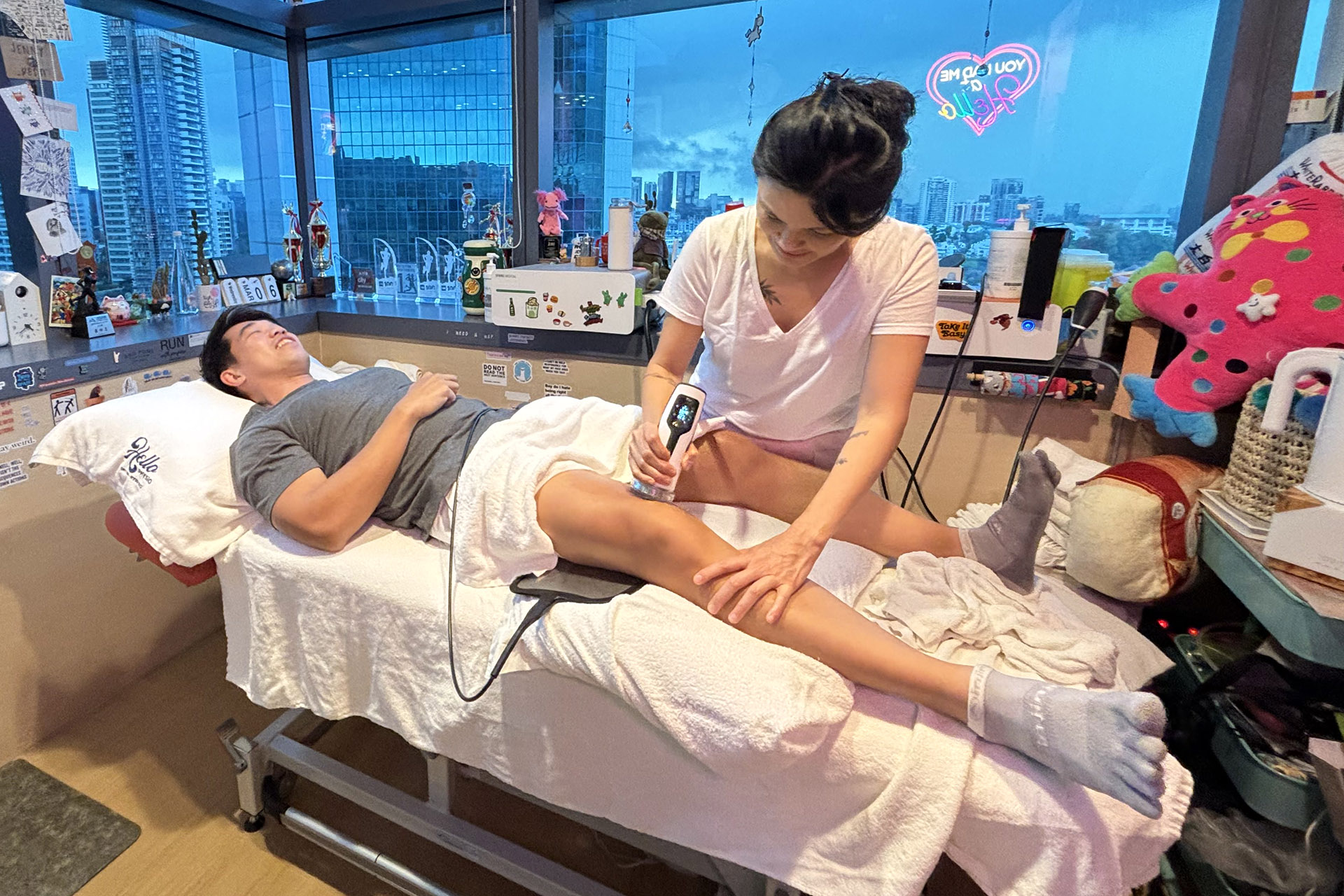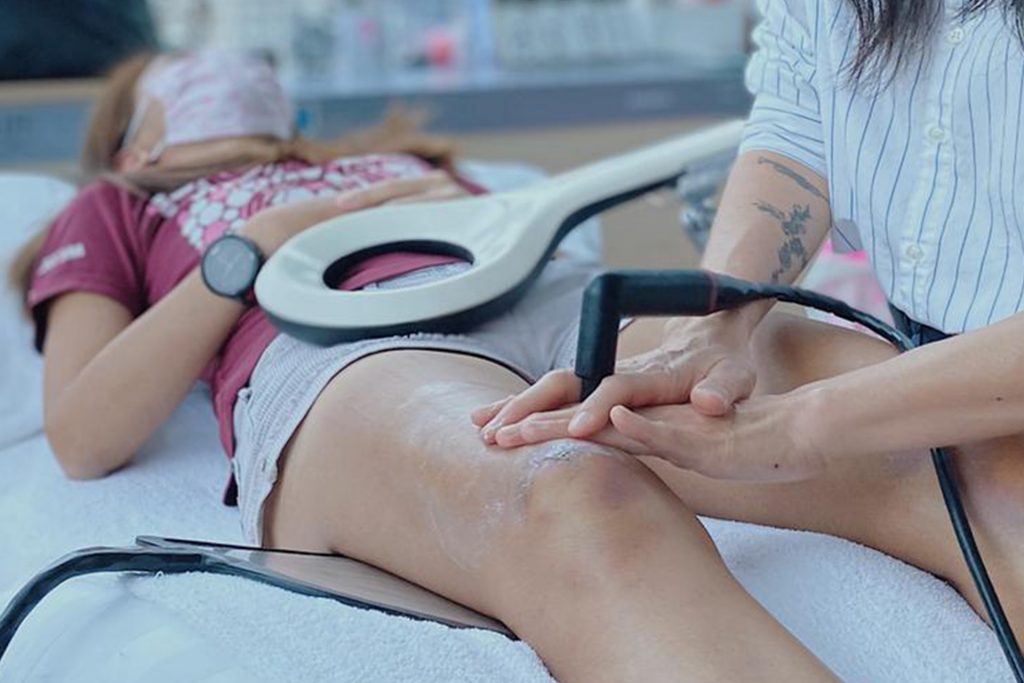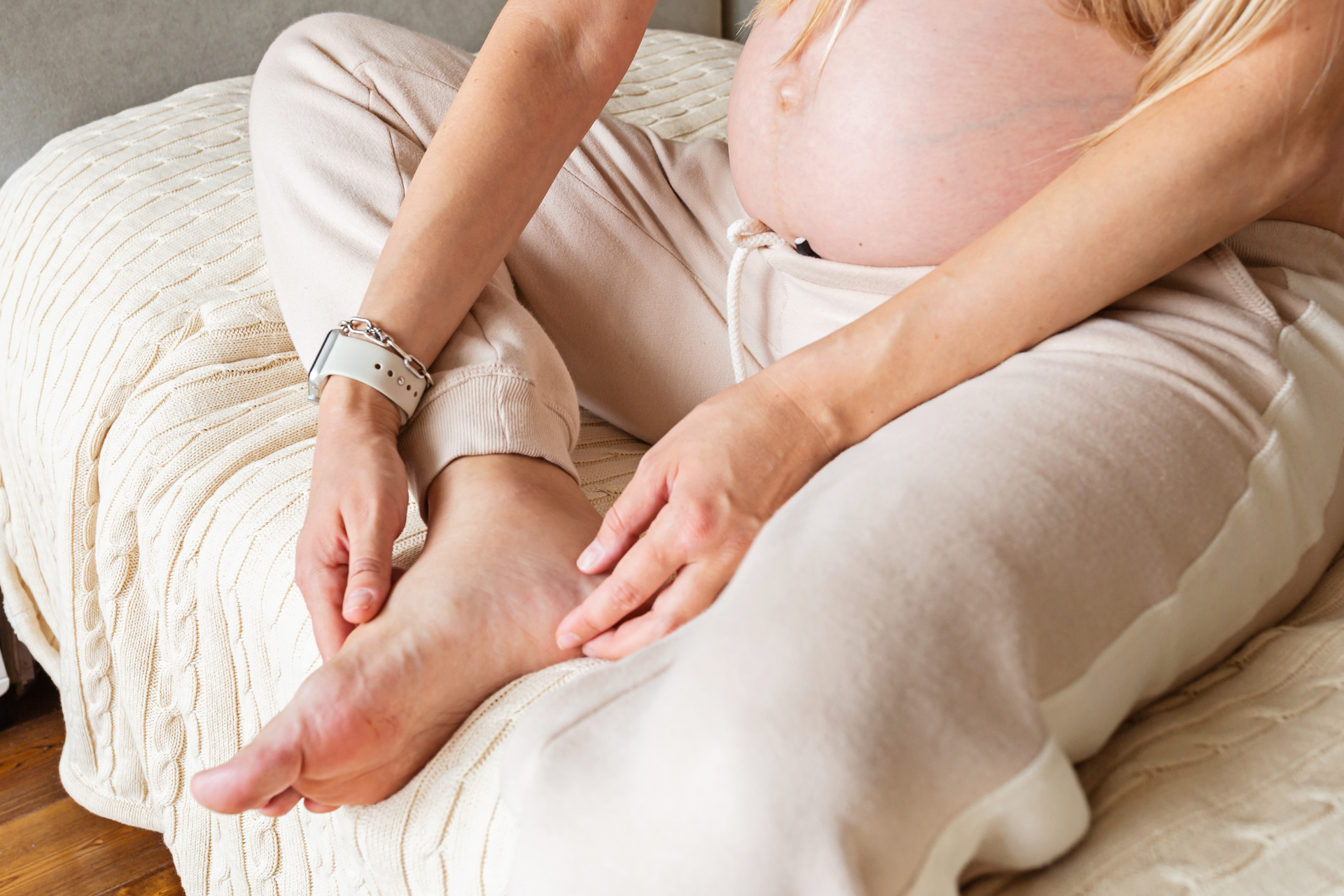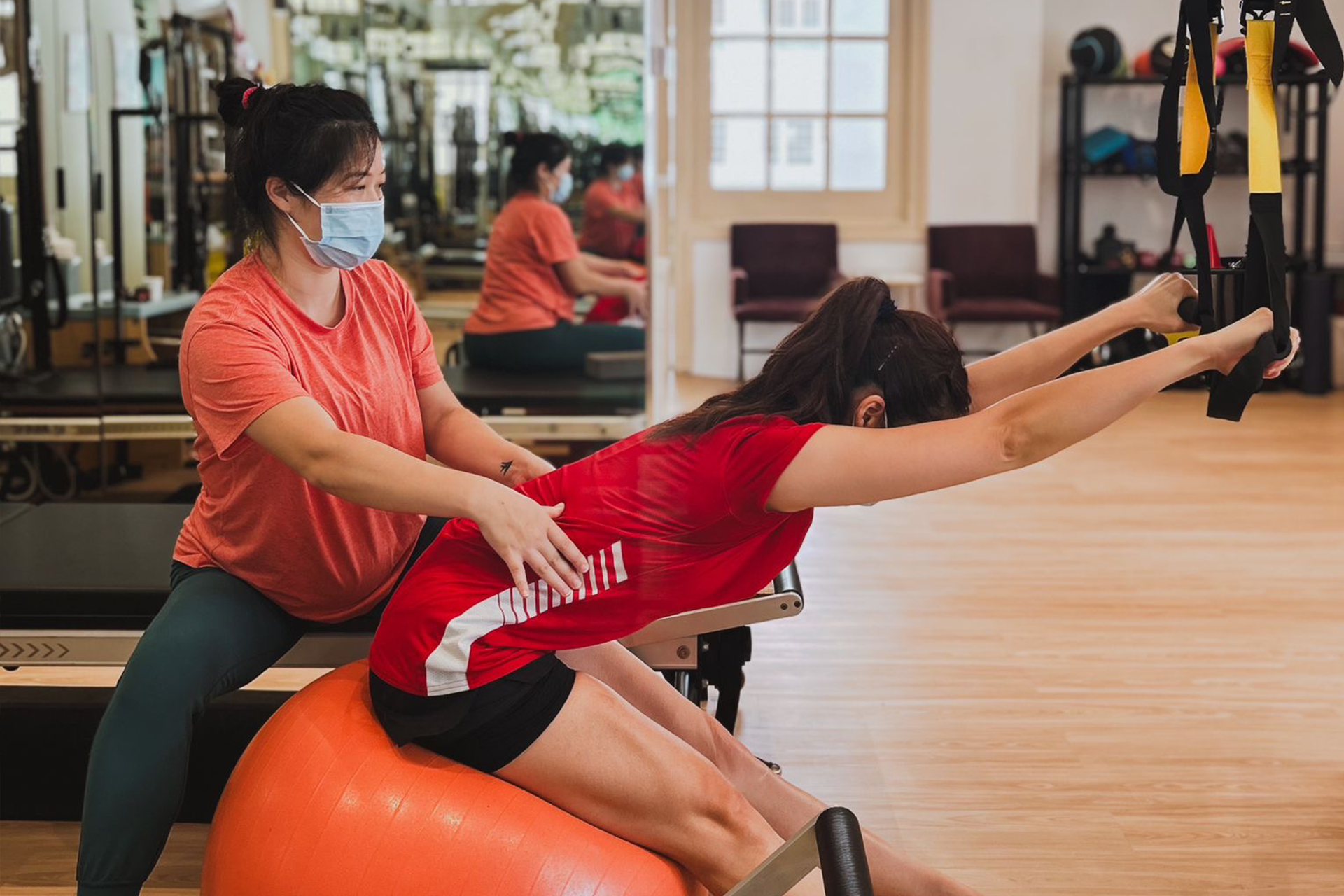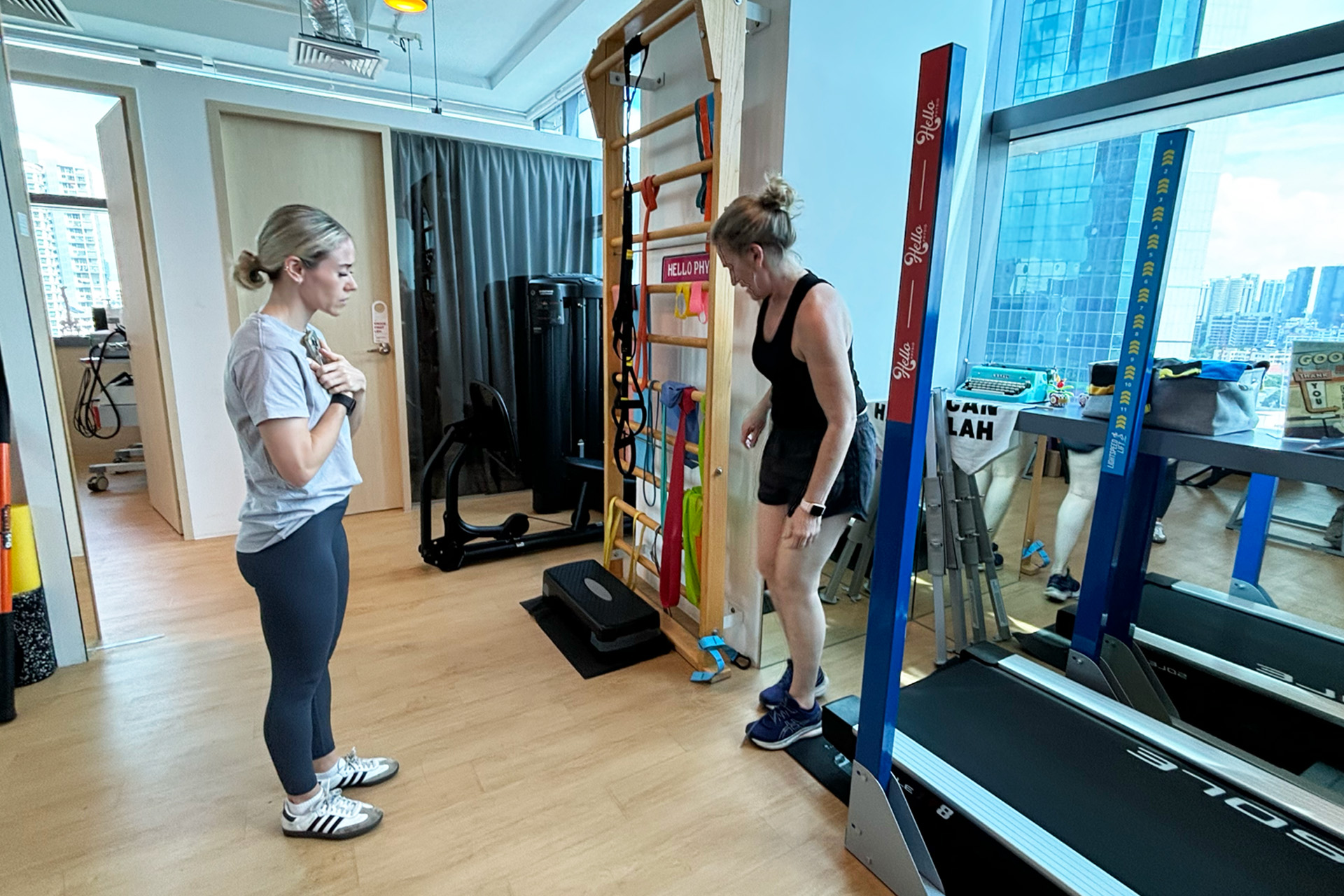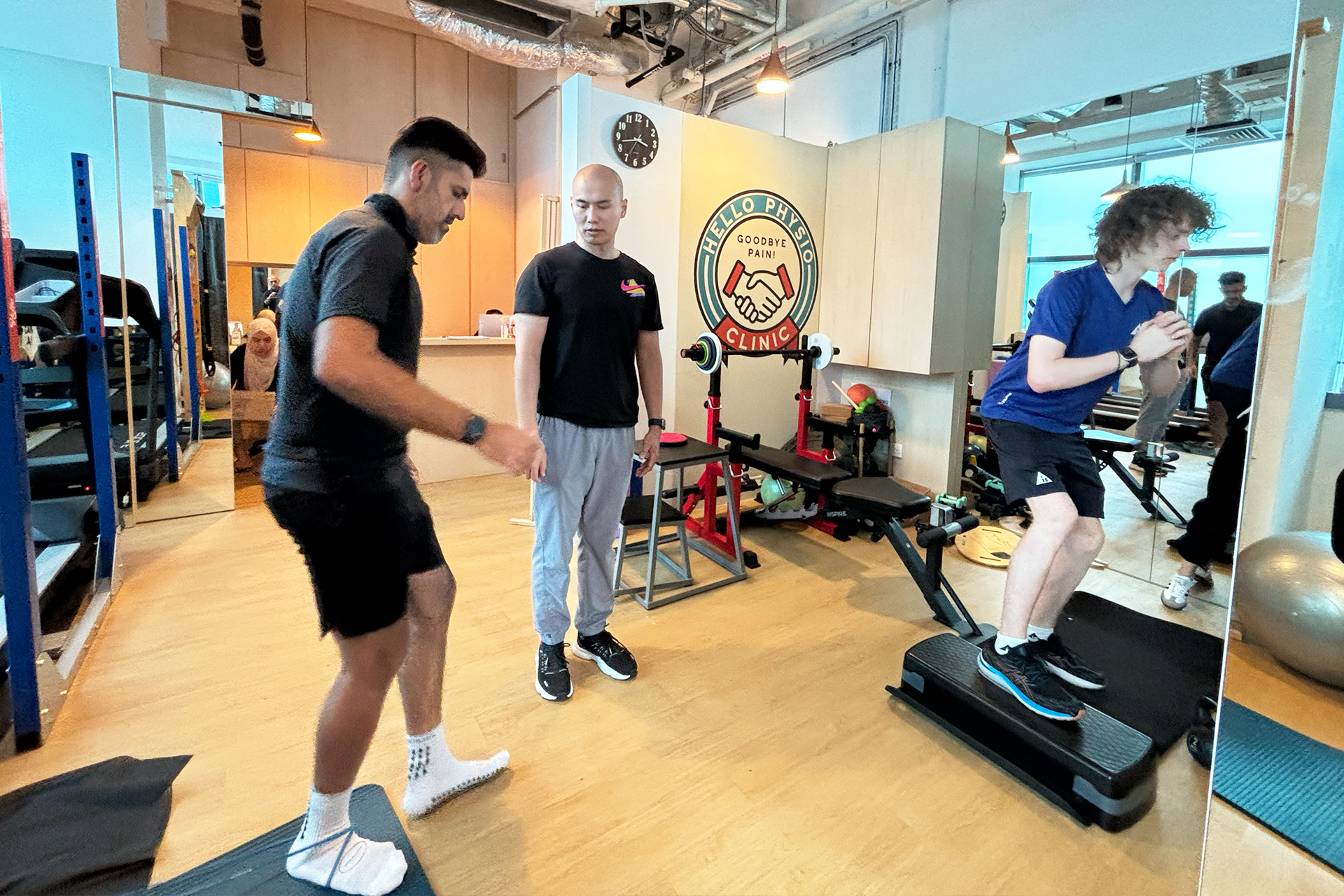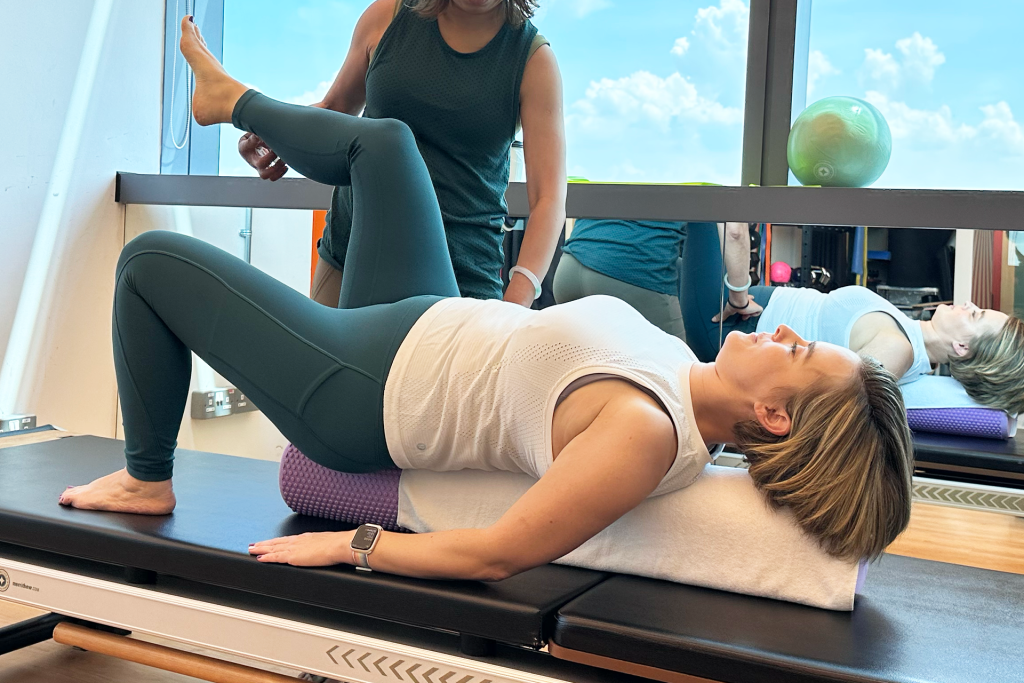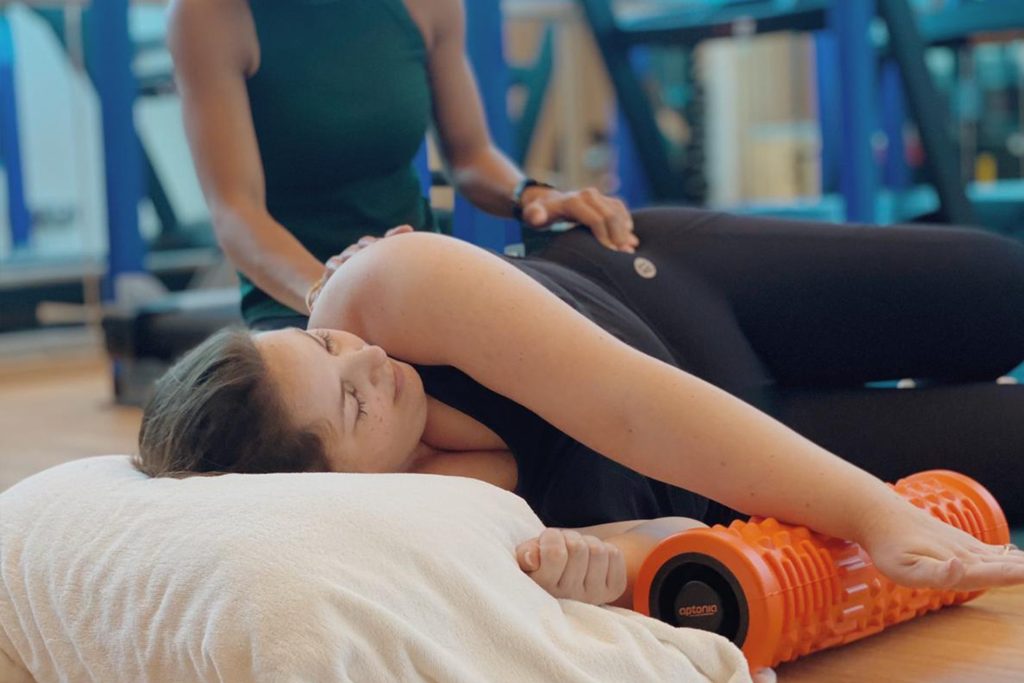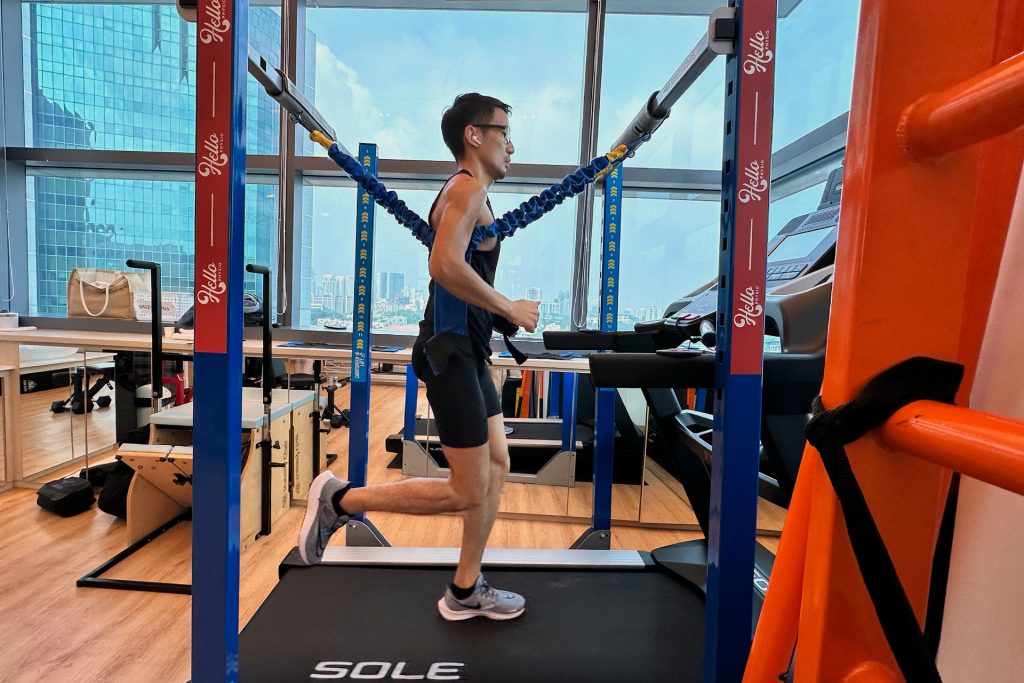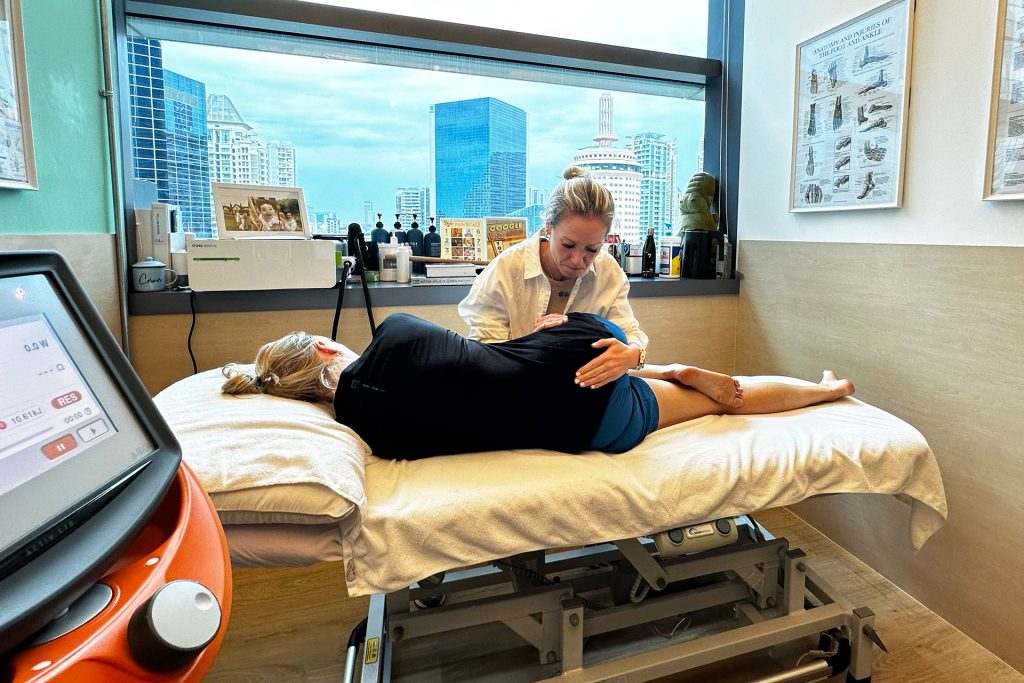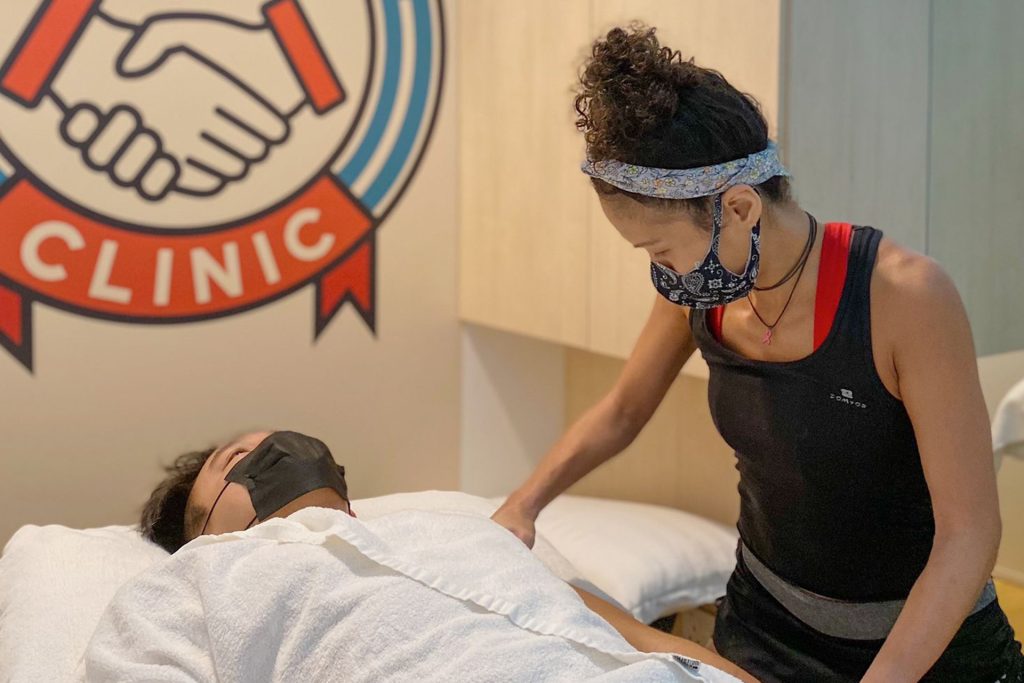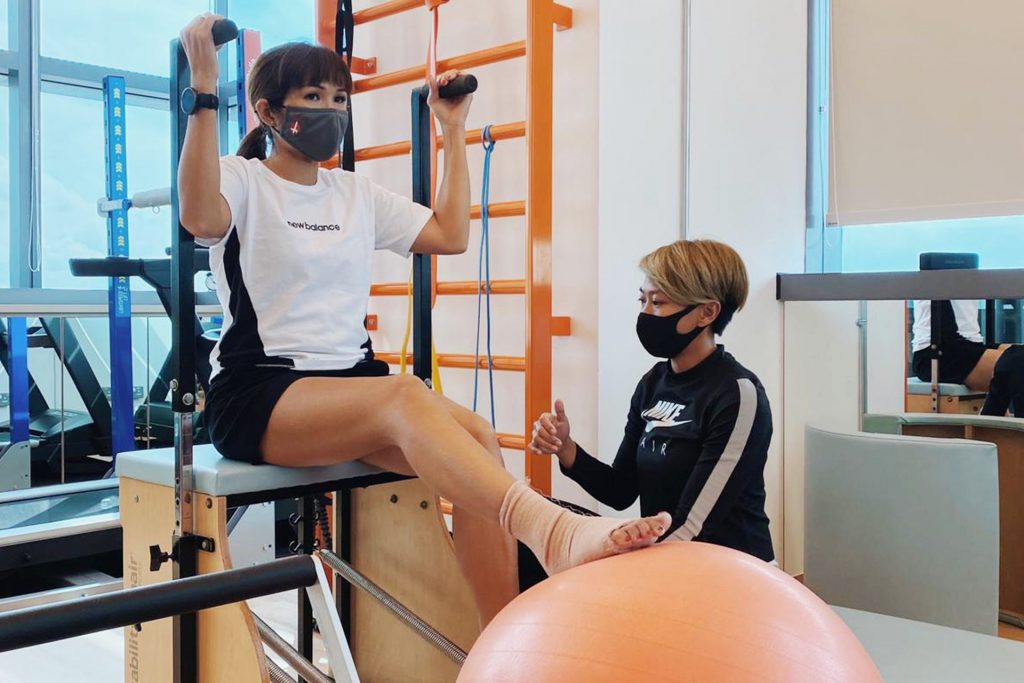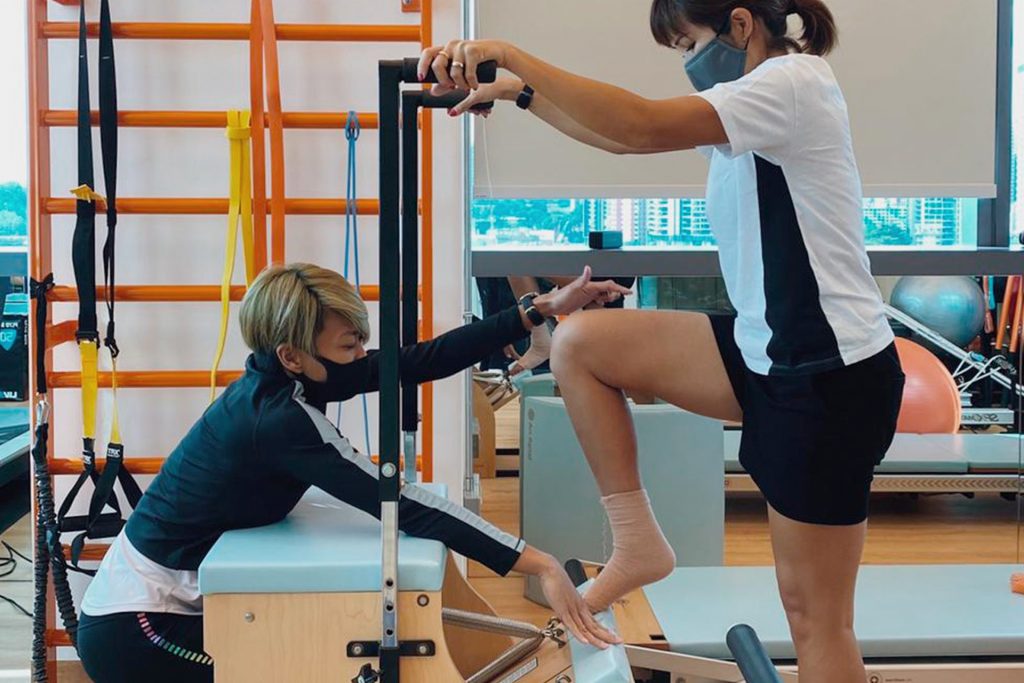|
Getting your Trinity Audio player ready...
|
What Is Diastasis Recti?
Diastasis recti occurs when the rectus abdominis muscles, commonly known as the “six-pack” muscles, separate along the midline of the abdomen. This separation happens when the linea alba, the connective tissue running vertically down the center of your abdomen, stretches or thins beyond its normal capacity. Muscle separation is the defining feature of diastasis recti. While most commonly associated with pregnancy due to the growing baby placing pressure on the abdominal wall, diastasis recti can also develop in other situations involving abdominal strain.
What are the prevalence, causes, and symptoms of diastasis recti? The condition is remarkably common, affecting up to 60% of pregnant women and approximately 32% of women in the postpartum period. Diastasis recti and its related symptoms can significantly impact core strength and function, making it essential to understand the condition and the available treatment options. Understanding this condition is crucial because when diastasis recti is present, your core cannot function as effectively as it should, potentially leading to long-term consequences if not adequately addressed.

Recognizing Diastasis Recti Symptoms
Identifying diastasis recti early is essential for effective treatment. Common symptoms include:
Visual indicators:
- Visible bulging or doming along the midline, especially when engaging the core
- A protruding or domed belly button
- A ridge-like appearance running down the center of your abdomen when sitting up
Physical symptoms:
- Weakness in the abdominal muscles
- Lower back pain and discomfort
- Poor posture and difficulty standing upright
- Feeling of instability in your core
- Discomfort during movement or daily activities
Functional limitations:
- Difficulty performing everyday tasks like lifting or carrying
- Challenges with getting up from lying down
- Reduced exercise tolerance
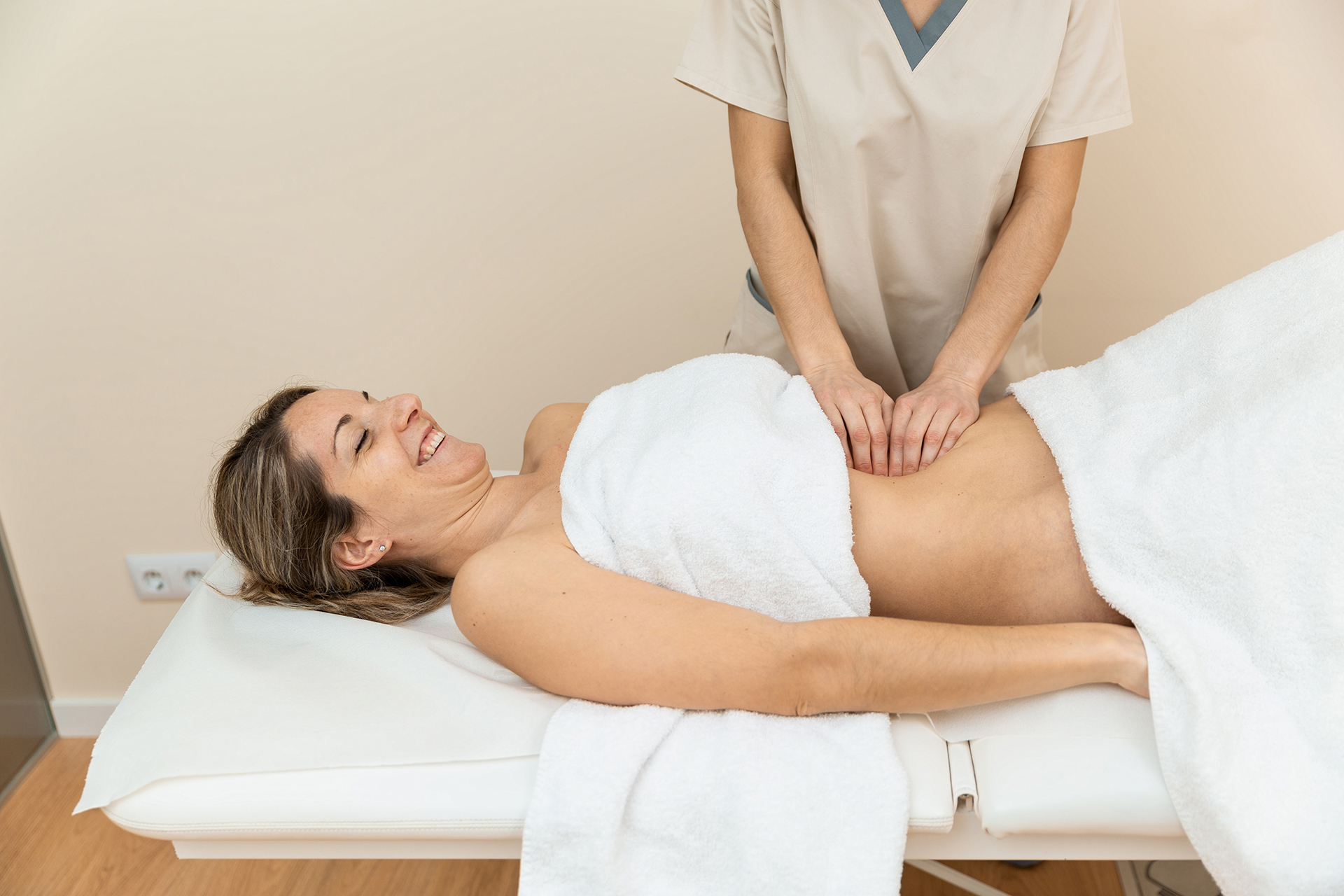
How Pregnancy Affects Your Abdominal Muscles
During pregnancy, your body undergoes remarkable changes to accommodate your growing baby. The hormone relaxin, produced throughout pregnancy, softens connective tissues to allow for expansion. As your baby grows, the increasing pressure against the abdominal wall causes the rectus abdominis muscles to stretch and potentially separate. The abdominals as a group are affected by this process, as pregnancy can weaken their integrity, making it essential to maintain the strength and function of these muscles for core stability and postpartum recovery.
This separation typically occurs during the third trimester when abdominal muscles are stretched to their greatest extent. The linea alba, normally about 1-2 centimeters wide, can stretch to accommodate the expanding uterus, sometimes resulting in a gap of 4-5 centimeters or more.
Factors that may increase your risk of developing diastasis recti include:
- Multiple pregnancies
- Carrying multiples (twins, triplets)
- Advanced maternal age
- Large baby size
- Previous abdominal surgeries
- Genetic predisposition to connective tissue laxity
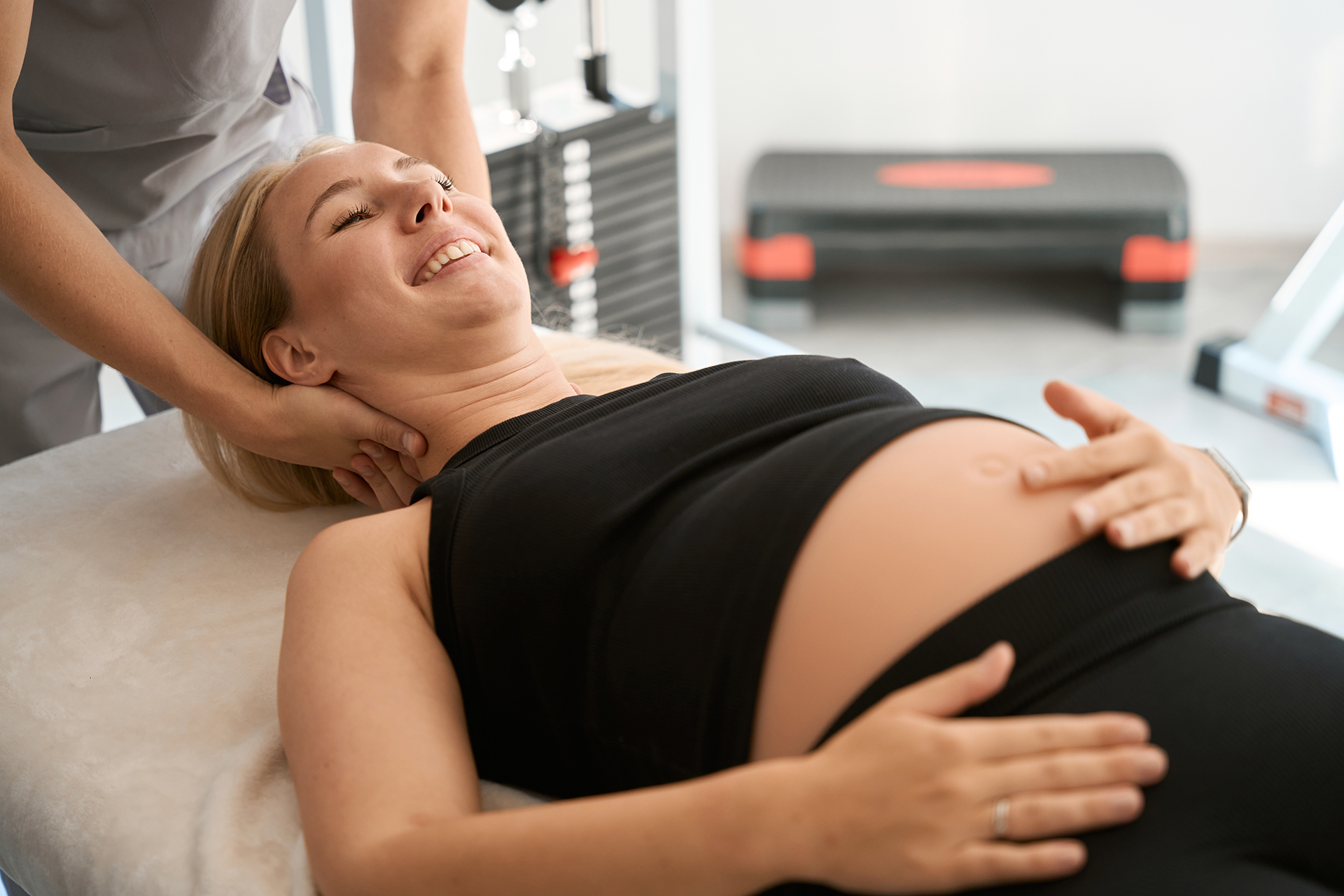
Understanding the Complications and Long-term Risks
Diastasis recti extends beyond cosmetic concerns and can significantly impact your physical health and quality of life. When left untreated, the condition can lead to several complications:
Musculoskeletal issues:
- Chronic lower back pain due to reduced spinal support
- Hip and pelvic pain
- Poor posture and postural compensations
- Increased risk of hernias, particularly umbilical or ventral hernias
- Pelvic floor dysfunction: The weakened abdominal wall often correlates with pelvic floor dysfunction, leading to:
- Urinary incontinence or urgency
- Bowel control issues
- Pelvic organ prolapse
- Discomfort during intimate activities
Strengthening the pelvic floor muscles through targeted exercises and physiotherapy can help manage or prevent these complications by improving pelvic health and core stability.
Functional limitations include reduced core stability, which affects balance and coordination, difficulty with sports and recreational activities, and an increased risk of injury during physical activities.
Research indicates that without intervention, many women remain abnormally widened at eight weeks postpartum, with this distance remaining unchanged at one year. This highlights the importance of seeking appropriate treatment rather than waiting for the condition to resolve on its own.
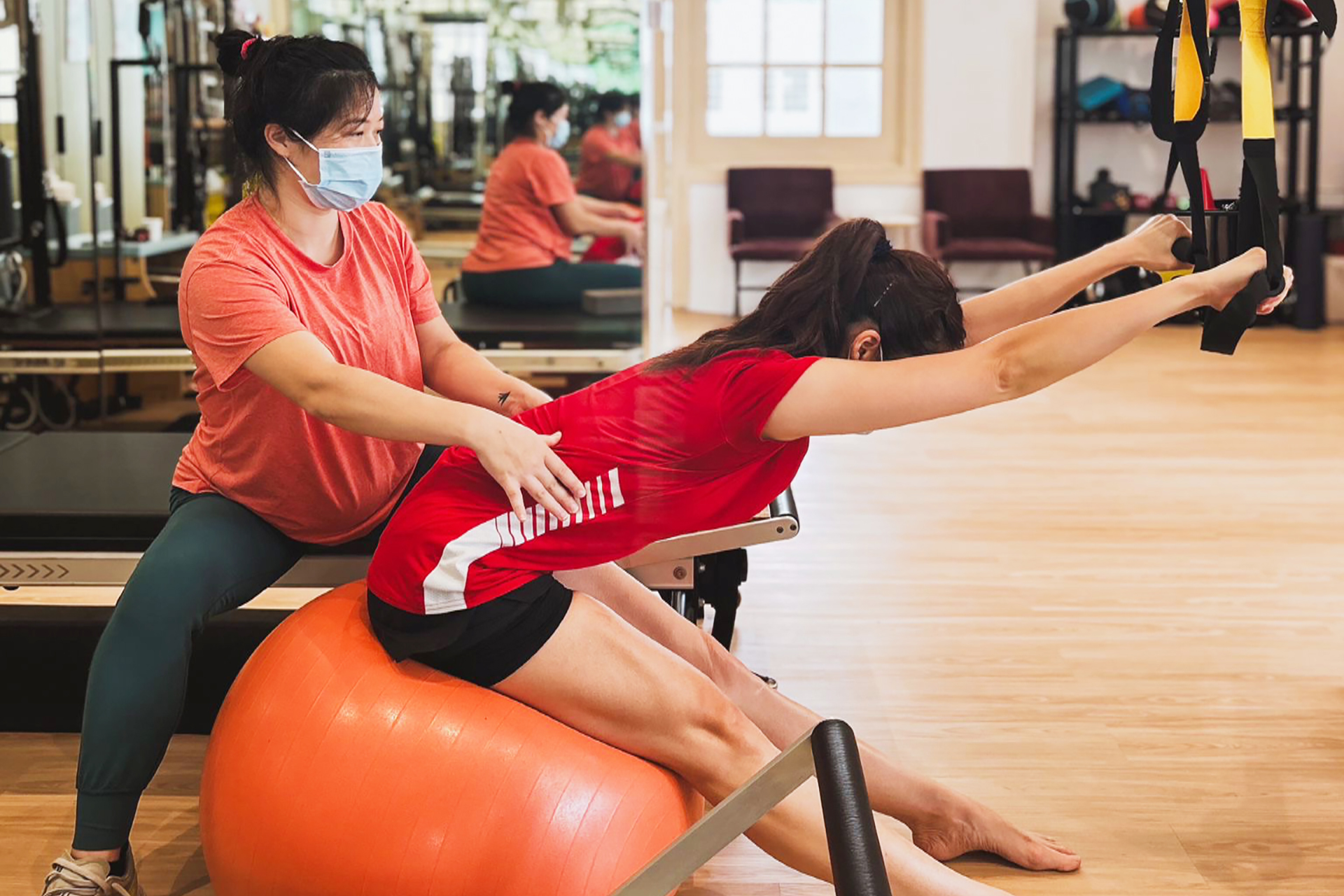
How to Check for Diastasis Recti at Home
If you suspect you may have diastasis recti, you can perform a simple self-check at home to assess the separation of the rectus abdominis muscles. Start by lying on your back with your knees bent and your feet flat on the floor. This position helps relax the abdominal wall and reduces unnecessary strain on the abdominal muscles.
Place your fingers just above your belly button, pressing gently into your abdomen. Slowly lift your head and shoulders off the floor, as if you were beginning a crunch, and feel for a gap or separation between the rectus abdominis muscles. If you notice a space wider than two finger-widths, or if you see a bulge or doming along the midline of your abdomen, this may be a sign of diastasis recti.
You can also check for diastasis recti by observing your belly during movements such as planks or crunches. If you see a pronounced ridge or bulge running from your belly button up toward your chest, it could indicate a separation of the abdominal muscles.
While this self-assessment can help you identify potential symptoms of diastasis recti, it is important to remember that only a qualified healthcare provider can accurately diagnose the condition and determine the severity. If you have diastasis recti or suspect you might, consult with a physical therapist or healthcare provider to develop a personalized treatment plan. Early intervention can help prevent complications such as back pain or pelvic floor dysfunction and support a safe, effective recovery.
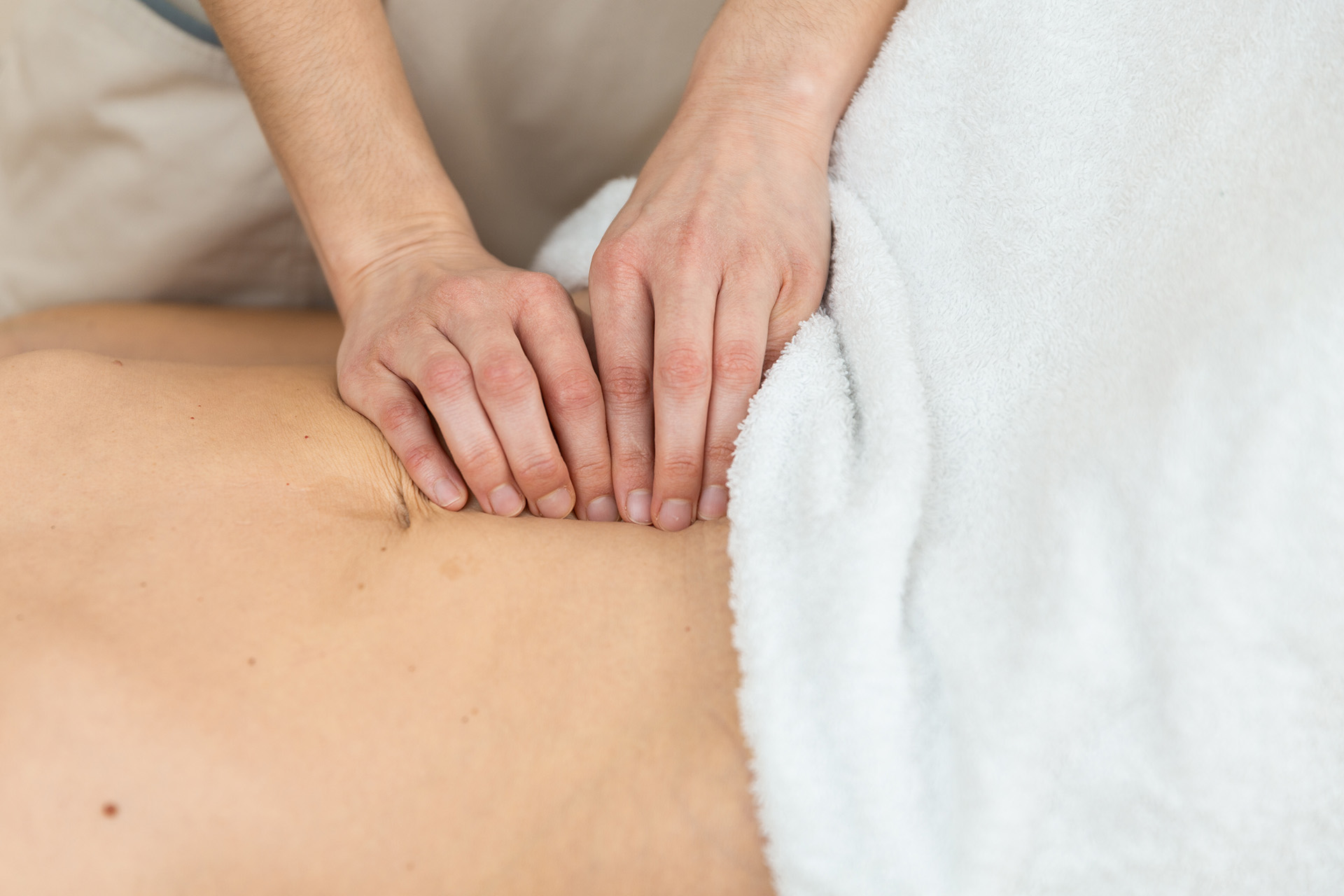
The Role of Physiotherapy in Diastasis Recti Recovery
Physiotherapy plays a crucial role in diastasis recti recovery by addressing both the separation itself and associated functional impairments. A comprehensive physiotherapy approach is designed to help restore core strength, function and stability. A comprehensive physiotherapy approach includes:
Assessment and diagnosis: Physiotherapists can accurately measure the width and depth of separation using techniques like ultrasound imaging or calipers, providing objective data to track progress throughout treatment.
Manual therapy: Plays a key role in diastasis recti recovery by improving tissue function and easing discomfort. Soft tissue mobilization boosts circulation and muscle elasticity, while myofascial release helps relieve tension in the connective tissues around the ribs, hips, and lower back. Joint mobilization restores alignment and mobility in the spine and pelvis, areas often affected after pregnancy. For cesarean births, scar tissue management reduces adhesions and improves muscle activation in the lower abdomen. Combined with corrective exercise, these hands-on techniques support core strength and overall recovery.
Neuromuscular re-education: Physiotherapists help retrain your nervous system to properly activate deep core muscles, including the transverse abdominis, pelvic floor and diaphragm. This coordinated activation is essential for optimal core function. Techniques such as electrical stimulation may be used to promote muscle contractions, further supporting muscle strength and recovery.
Progressive exercise prescription: Treatment begins with basic breath work and gentle activation exercises before progressing to more challenging functional movements. This graduated approach ensures safe progression without exacerbating the condition.
Education and lifestyle modification: Physiotherapists provide guidance on proper body mechanics during daily activities, safe lifting techniques, and positions to avoid that may worsen diastasis recti.
With consistent physiotherapy, many individuals with diastasis recti can achieve significant improvement or even a full recovery.

Clinical Pilates: A Specialized Approach to Core Recovery
Clinical Pilates offers unique advantages for diastasis recti recovery due to its focus on precise, controlled movements and emphasis on core stability. Unlike traditional fitness classes, Clinical Pilates is delivered by qualified physiotherapists or exercise physiologists who can modify exercises based on your specific condition. Clinical Pilates often incorporates diastasis recti exercises, or targeted movements designed to strengthen the core and support recovery safely.
Key benefits of Clinical Pilates for diastasis recti:
- Targeted muscle activation: Clinical Pilates emphasizes activating the deep stabilizing muscles, particularly the transverse abdominis, which acts like a natural corset around your torso. This muscle is often inhibited following pregnancy and requires specific retraining.
- Controlled movement patterns: Exercises are performed slowly and with precision, allowing you to develop proper muscle recruitment patterns without creating excessive intra-abdominal pressure that could worsen the separation.
- Progressive difficulty: Sessions begin with basic exercises in supported positions and gradually progress to more challenging movements as your strength and control improve.
- Whole-body integration: Clinical Pilates addresses the entire kinetic chain, recognizing that diastasis recti affects posture, breathing, and movement patterns throughout the body.
- Individualized modifications: Every exercise can be modified to accommodate your current ability level, ensuring safety while maximizing effectiveness.
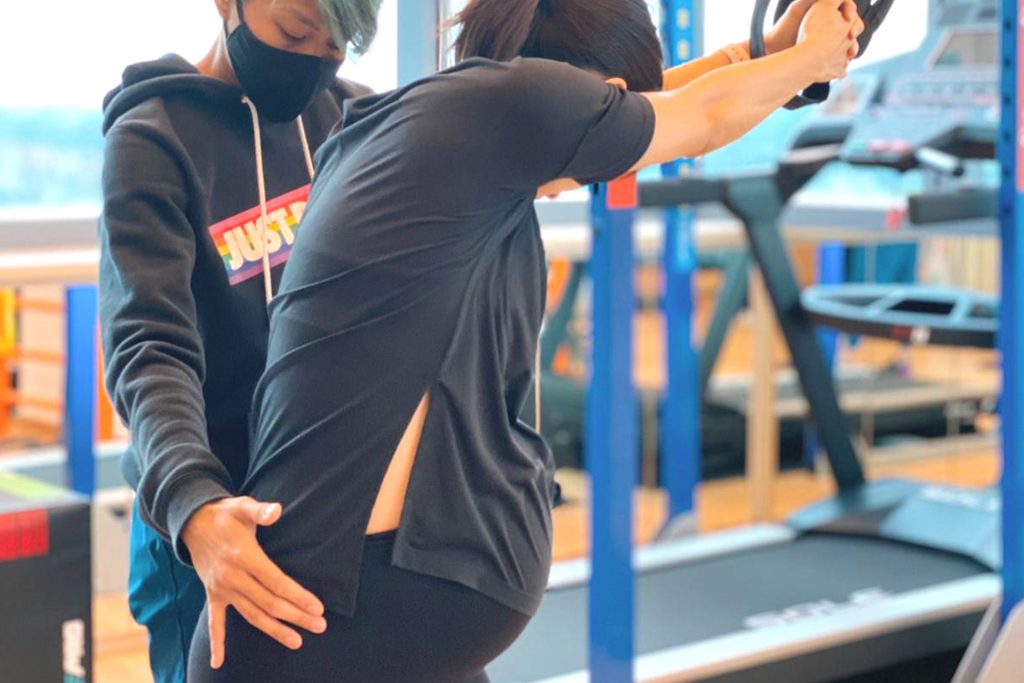
Specific Clinical Pilates Exercises for Diastasis Recti
Foundation exercises:
- Breath work with transverse abdominis activation
- Pelvic tilts in various positions
- Modified dead bug exercises
- Wall sits with core engagement
Note: Traditional abdominal exercises, such as sit-ups, should be avoided, as they can exacerbate diastasis recti.
Intermediate progressions:
- Modified plank variations
- Side-lying leg series
- Supine marching exercises
- Rotational movements with control
Advanced functional movements:
- Single-leg deadlifts
- Multi-planar reaching exercises
- Dynamic balance challenges
- Sport-specific movement patterns

Creating Your Personalized Recovery Plan
Developing a personalized recovery plan for diastasis recti is essential for effective healing and long-term core strength. Working closely with a physical therapist ensures that your treatment plan is tailored to your unique needs, taking into account the severity of the separation, your overall health and any risk factors such as pregnancy or connective tissue disorders.
Your recovery plan may include targeted exercises such as pelvic tilts, bridges and modified planks, all designed to strengthen the core muscles and support the abdominal wall. These exercises can help improve posture, reduce the risk of back pain, and aid in the recovery of the abdominal muscles. In addition to exercise, your plan may involve lifestyle modifications, including maintaining a healthy weight, eating a balanced diet and avoiding activities that place excessive strain on the abdomen, such as heavy lifting or deep bending.
Regular follow-up appointments with your healthcare provider or physical therapist are crucial for monitoring your progress and adjusting your treatment plan as needed. This ongoing support can help you stay on track, address any challenges that arise, and reduce the risk of recurrence.
By committing to a personalized recovery plan and working with a professional, you can effectively manage diastasis recti, strengthen your core, and improve your overall well-being. Remember, every recovery journey is unique, and with the proper support, you can achieve lasting results.

Timeline and Expectations for Recovery
Recovery from diastasis recti varies significantly between individuals, but understanding typical timelines can help set realistic expectations:
0-6 weeks postpartum: Focus on gentle breathing exercises and basic activation. Many women see some natural improvement during this period.
6-12 weeks postpartum: Begin structured physiotherapy and Clinical Pilates program. Expect gradual improvements in muscle activation and control.
3-6 months: Significant functional improvements should be evident with consistent treatment. Many women can return to modified exercise routines.
6-12 months: Continued improvement with potential return to pre-pregnancy activity levels, depending on individual factors and treatment adherence.
Remember to regularly monitor the progress of your diastasis recti and adjust your recovery plan as needed to ensure the best results.
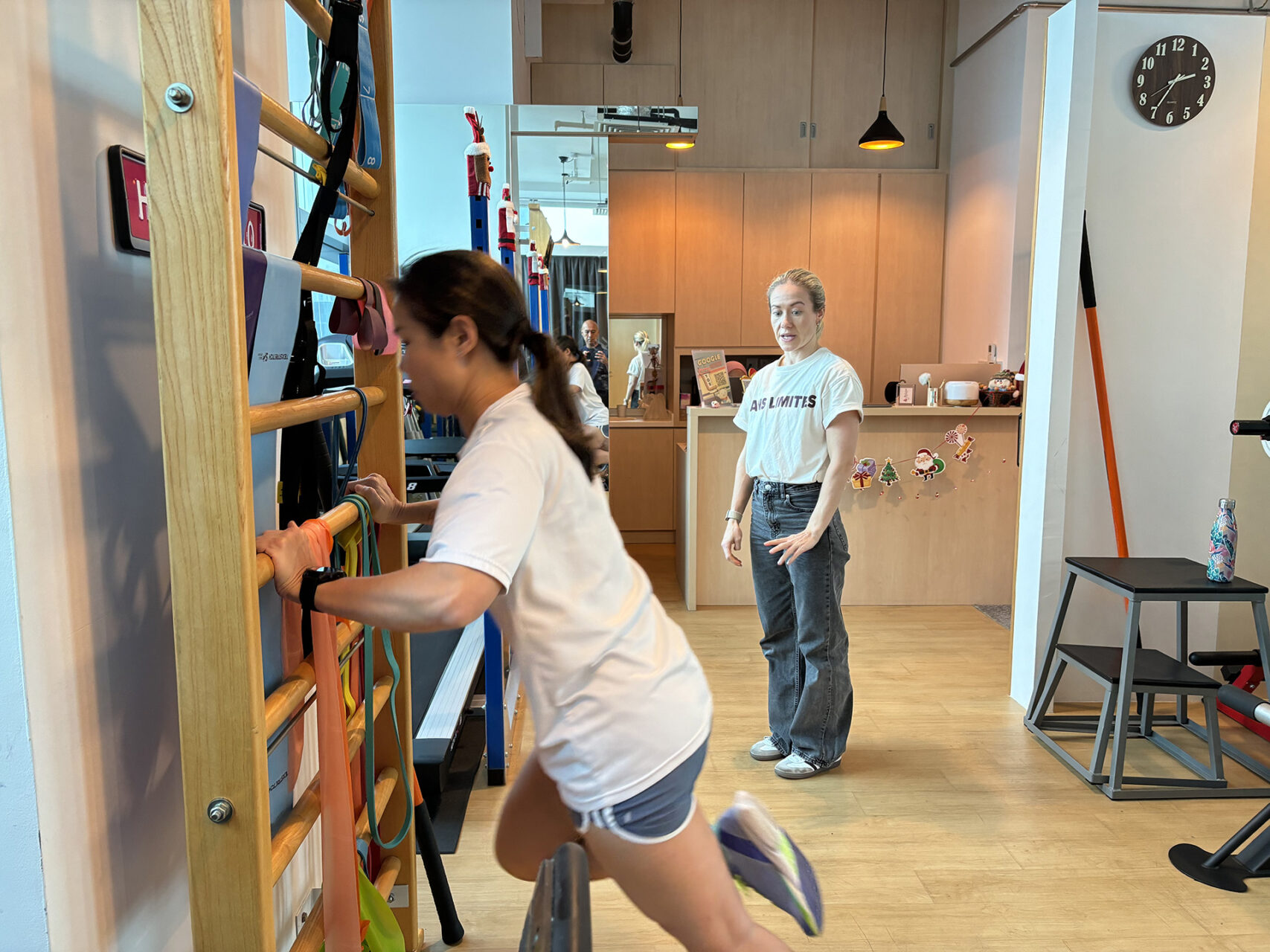
When to Seek Professional Help
Consider professional intervention if you experience:
- Gap wider than 2-3 finger widths
- Visible doming during daily activities
- Persistent back pain or pelvic floor symptoms
- Difficulty returning to desired activity levels
- Emotional distress related to physical changes
Choosing the Right Physiotherapist
When choosing a physiotherapist or Clinical Pilates instructor for diastasis recti treatment, it’s important to find someone with specialized training in women’s health or postnatal exercise. Experience in treating diastasis recti ensures explicitly that the practitioner can recognize the nuances of your condition and provide safe, practical guidance. A hands-on approach to assessment and treatment is essential for tracking progress and adjusting exercises accordingly. Equally important is a practitioner who understands the emotional aspects of postnatal recovery and offers support beyond the physical. A collaborative mindset, working in tandem with other healthcare providers, also ensures comprehensive care tailored to your unique recovery journey.
Contact HelloPhysio today to discuss your options for recovery and to prevent long-term complications from diastasis recti.

